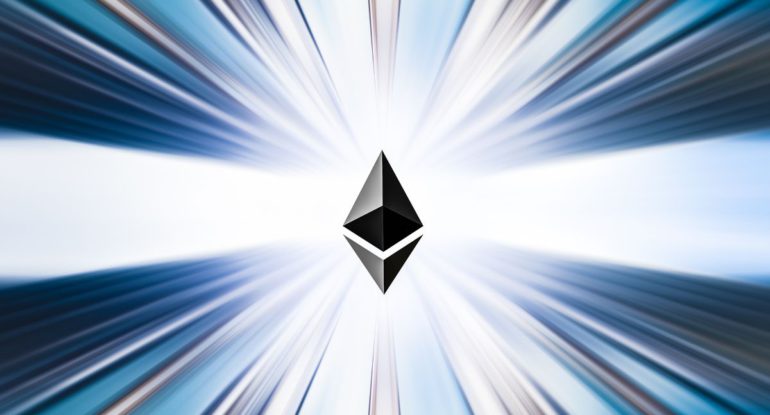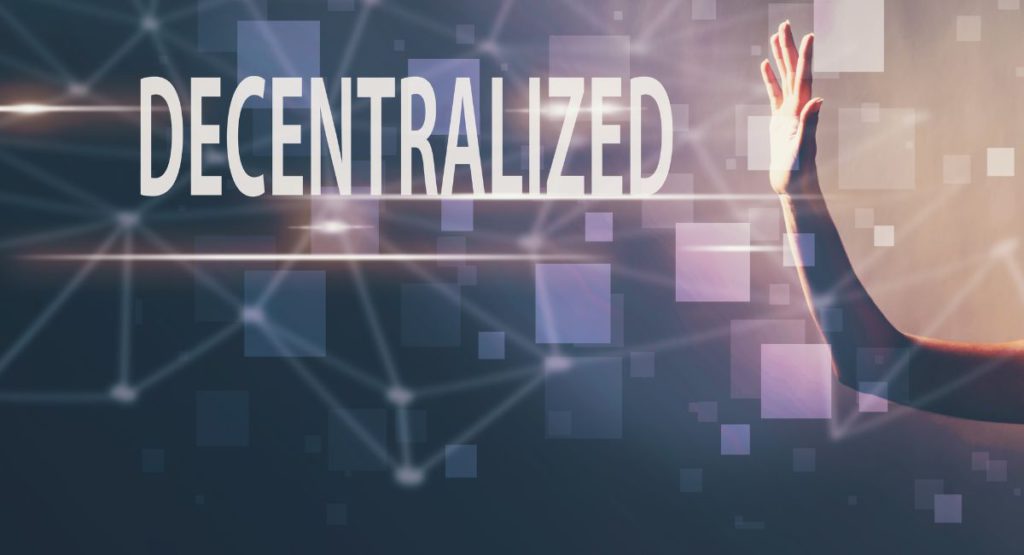Understanding the Role of Decentralized Applications (dApps) on the Ethereum Blockchain

In the world of blockchain technology, Ethereum has emerged as a revolutionary platform that goes beyond the traditional concept of cryptocurrencies. At the heart of Ethereum’s capabilities are Decentralized Applications, or dApps. These applications have the potential to reshape industries, disrupt traditional systems, and empower users in ways previously unimaginable. In this article, we’ll delve into what dApps are and explore their pivotal role in the Ethereum blockchain ecosystem.
What Are Decentralized Applications (dApps)?
Decentralized Applications, commonly known as dApps, are a class of software applications that run on a decentralized network of computers, primarily powered by blockchain technology. Unlike traditional apps, which are hosted on centralized servers controlled by a single entity, dApps operate on a peer-to-peer network of nodes, making them censorship-resistant and tamper-proof.
 The Components of a dApp:
The Components of a dApp:
A typical dApp consists of four essential components:
- Smart Contracts: These self-executing contracts are at the core of dApps. Smart contracts are written in code and automatically execute predefined actions when specific conditions are met. They ensure transparency and trust in dApp operations.
- Blockchain: dApps run on a blockchain, and Ethereum is one of the most popular choices. The blockchain serves as the decentralized ledger that records all transactions and interactions within the dApp.
- Frontend: This is the user interface through which users interact with the dApp. It can be a web-based interface or a mobile app. The frontend communicates with the blockchain through APIs to retrieve and display data.
- Decentralized Data Storage: Some dApps use decentralized storage solutions like IPFS (InterPlanetary File System) to store data, ensuring data integrity and resilience.
Also, read – Top 5 Uses of dApps In The Web3 Technology
The Role of dApps on the Ethereum Blockchain:
Now, let’s explore the significant roles that dApps play within the Ethereum ecosystem:
1. Financial Services:
- #DeFi #Finance 💰
Ethereum is often associated with DeFi (Decentralized Finance) applications. DeFi dApps enable users to borrow, lend, trade, and earn interest on cryptocurrencies without the need for traditional banks or financial intermediaries. They provide financial inclusivity to individuals worldwide.
2. Decentralized Exchanges:
- #DEX #CryptoTrading 🔄
DEXs like Uniswap and SushiSwap are dApps that allow users to trade cryptocurrencies directly from their wallets. They provide liquidity and eliminate the need for centralized exchanges, reducing the risk of hacks and enabling non-custodial trading.
3. NFT Marketplaces:
- #NFTs #DigitalArt 🖼️
Ethereum-based dApps have pioneered the NFT (Non-Fungible Token) revolution. NFT marketplaces like OpenSea and Rarible enable artists, creators, and collectors to trade unique digital assets, including digital art, music, and virtual real estate.
4. Decentralized Governance:
- #DAO #Governance 🗳️
Decentralized Autonomous Organizations (DAOs) are dApps that allow communities to make collective decisions and manage funds without centralized authorities. DAOs are used for decentralized governance and decision-making in various projects and organizations.
5. Gaming and Virtual Worlds:
- #Gaming #Metaverse 🎮
Ethereum hosts dApps that power blockchain-based games and virtual worlds like Decentraland and Axie Infinity. These dApps provide users with ownership of in-game assets and facilitate player-driven economies.
6. Supply Chain and Identity Verification:
- #SupplyChain #Identity 🔗
Ethereum dApps are exploring supply chain tracking and identity verification solutions. These dApps enhance transparency and security in supply chains and provide users with control over their digital identities.
7. Decentralized Social Networks:
- #SocialMedia #Privacy 📱
Some dApps aim to create decentralized alternatives to traditional social media platforms, giving users greater control over their data and privacy.
8. Education and Content Sharing:
- #Education #ContentSharing 📚
Ethereum-based dApps can support decentralized education platforms and content sharing networks, enabling creators to monetize their content directly and providing users with censorship-resistant access to information.
9. Environmental Initiatives:
- #Sustainability #Blockchain 🌱
Ethereum dApps are being used to promote sustainability and environmental initiatives by tracking carbon credits and donations transparently on the blockchain.
10. Research and Innovation: – #Research #Innovation 🧪
Ethereum is a hotbed for blockchain research and innovation. Developers continuously create new dApps to explore the boundaries of what’s possible on a decentralized network.
Introduction to Decentralized Applications (DApps) on the Ethereum Blockchain
💡Understanding the DApp Concept
A Decentralized Application, or DApp, is an application built upon a decentralized network, built differently traditional apps that rely on centralized servers.
This…
— Francesco (@FrancescoCiull4) August 28, 2023
Conclusion
Decentralized Applications (dApps) on the Ethereum blockchain represent a transformative force in the world of technology and finance. These applications leverage the power of blockchain technology to create a decentralized, trustless, and transparent ecosystem that challenges traditional systems and empowers individuals.
From the explosive growth of DeFi platforms to the emergence of NFT marketplaces, decentralized governance, and blockchain-based gaming, Ethereum-based dApps have ushered in a new era of innovation and opportunity. They enable financial inclusion, enhance security, and foster a sense of ownership among users.
Moreover, the Ethereum blockchain continues to be a hub for research and development, pushing the boundaries of what is achievable in the realm of decentralized applications. As the technology evolves, dApps are poised to play an even more substantial role in reshaping industries, promoting sustainability, and fostering a user-centric digital landscape.
As we move forward into the era of Web3, it is clear that dApps on the Ethereum blockchain will remain at the forefront of this transformation. They serve as a testament to the power of decentralized systems, where trust is placed in code rather than intermediaries. The potential for dApps to continue disrupting traditional systems and enabling new forms of collaboration and innovation is boundless.
In essence, Ethereum-based dApps are not merely applications; they represent a paradigm shift towards a more equitable, secure, and decentralized digital world. As users and developers embrace this new frontier, the impact of dApps on Ethereum will only become more profound, shaping the future of technology and finance in ways that we are only beginning to comprehend.




























































